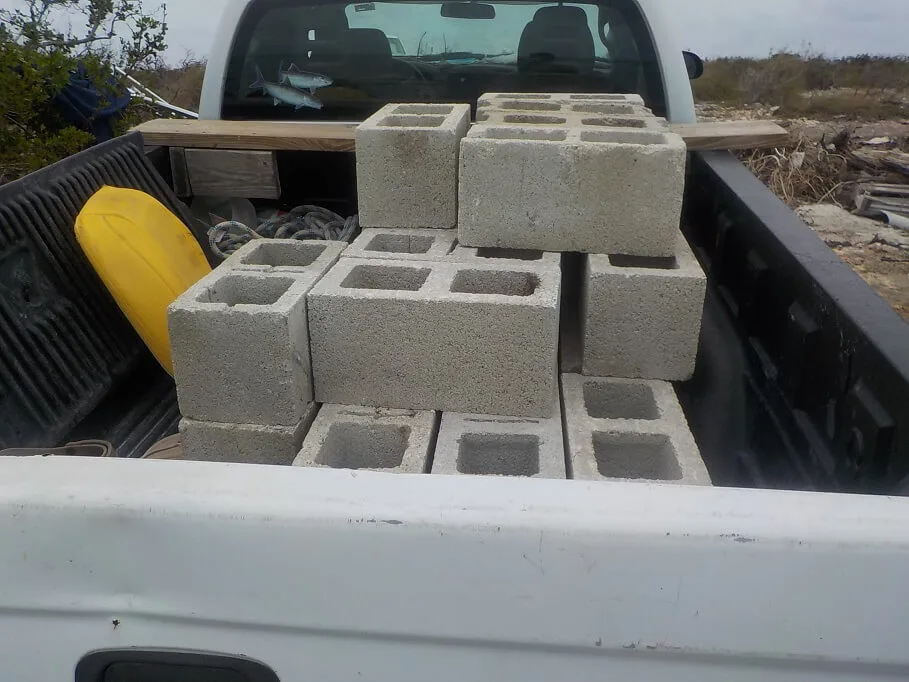Work Continues in TCI
SFS’ Marine Work in the Turks & Caicos Islands Continues Despite “Twin Sister” Hurricanes
Another semester finished, but it was unlike any other semester at the SFS Center for Marine Resources Studies (CMRS) in South Caicos, Turks and Caicos Islands. The semester started out as any other fall semester, with enthusiasm and curiosity. Less than 10 days into the program, TCI was hit by Hurricane Irma, a strong category 5. Our students and staff evacuated to safety in hopes of returning to complete the semester but this was not the case. Only a minimal staff was able to return to the Turks and Caicos Islands, where we found the island of South Caicos severely damaged, or as the TCI belongers say, “Mashed up like a biscuit.” While most of our staff were sent to another SFS site to assist in completing the program for the students, the few that returned to South Caicos got right to work clearing, removing and recording all damage in preparation for repairs to begin.
Since early September 2017, the island itself has been rebounding quite well. Construction is occurring on personal dwellings, the school children are in school working hard to catch up to the missed 6 weeks of school, and fishermen are out fishing for spiny lobster, fin fish and queen conch. When asking fishermen about conditions of the water and the stocks on the bank, many comment about murky water, long days and the fact that there are still fish in the sea.
CMRS staff were recently able to go out on the water with the assistance of Eastbay Resort and Split Finger Ltd. to see how well the reefs survived the recent “twin sister” hurricanes of Irma and Maria in 2017. Two dive sites within the Admiral Cockburn Land and Sea National Park (ACLSNP), named the Plane and the Arch were examined and photographed. The Plane dive site showed some signs of sand and rubble that could have come from Long Cay, which runs parallel to the dive site. It was also interesting to find that the remnants of the “plane” appeared to have moved in location. However, we were able to find the mooring pin and locations of a pre-established transect. With a few less soft corals, but teeming with fin fish and healthy hard corals, it is hoped that the dive site will continue to repair itself. The Arch dive site appeared to be in even better shape, with both soft and hard corals continuing to grow. Many types of fin fish, such as the parrotfish, were observed including the invasive lionfish.
The SFS staff were also able to examine five shallower snorkel sites both inside and outside the ACLSNP. They included the Southend Long Cay, Admiral’s Aquarium, Shark Alley, Huey Duey & Louie (HDL), and Moxybush. Most of the sites showed promising growth and recovery. Moxybush had more than six lemon sharks in the surrounding water, while Nassau groupers were found at Southend Long Cay and HDL. Admiral’s Aquarium had a variety of grunts and hard corals. One site along Shark Alley did appear to be the most influenced by the two hurricanes. While motoring along the Long Cay, you can physically see that the Cay was damaged with strong wind and waves, as a cut has nearly divided the cay into two separate parts. Rocks, boulders and sand can be found along the leeward side of the island, which in turn looks like it affected Shark Alley. The snorkel site has changed considerably, providing an opportunity to study the recovery of this area. On a final note about the snorkel and dive sites, there was a 100% visual observation of elasmobranchs at these sites, which is a great indication of potential for every marine location in the Turks and Caicos Islands.
Finally, not only has the SFS staff been able to work on the CMRS site and evaluate the dive and snorkel sites in the marine waters, but it has also reestablished the juvenile spiny lobster recruitment study for South Caicos. When the lobster condos were evaluated, the blocks were found distributed in areas that were more than 100 meters from others. SFS rebuilt the condos and deployed them in early November, so that they can be monitored in December, with only three months of no data.
While TCI took a beating from the two hurricanes; it has rebounded more quickly than other locations in the Caribbean, helped along by the dedication and hard work of the local community and SFS staff, students, alumni. While there is work still to be done, CMRS staff and SFS as whole look forward to continuing the education, research and living experience of SFS TCI in the very near future.

The Plane, ACLSNP. Photo courtesy of Heidi Hertler
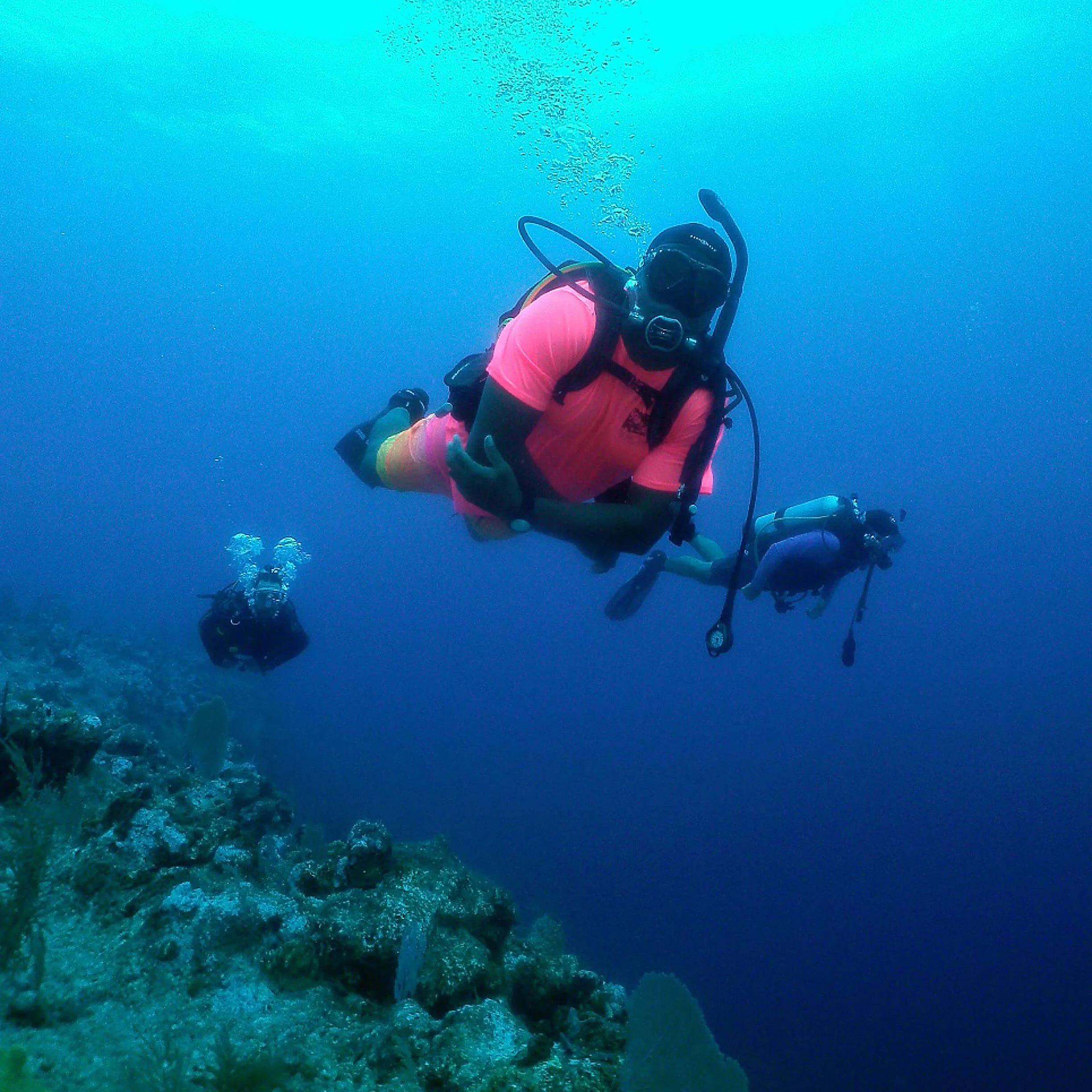
Staff on a dive. Photo courtesy of Heidi Hertler

Fish at The Plane. Photo courtesy of Heidi Hertler
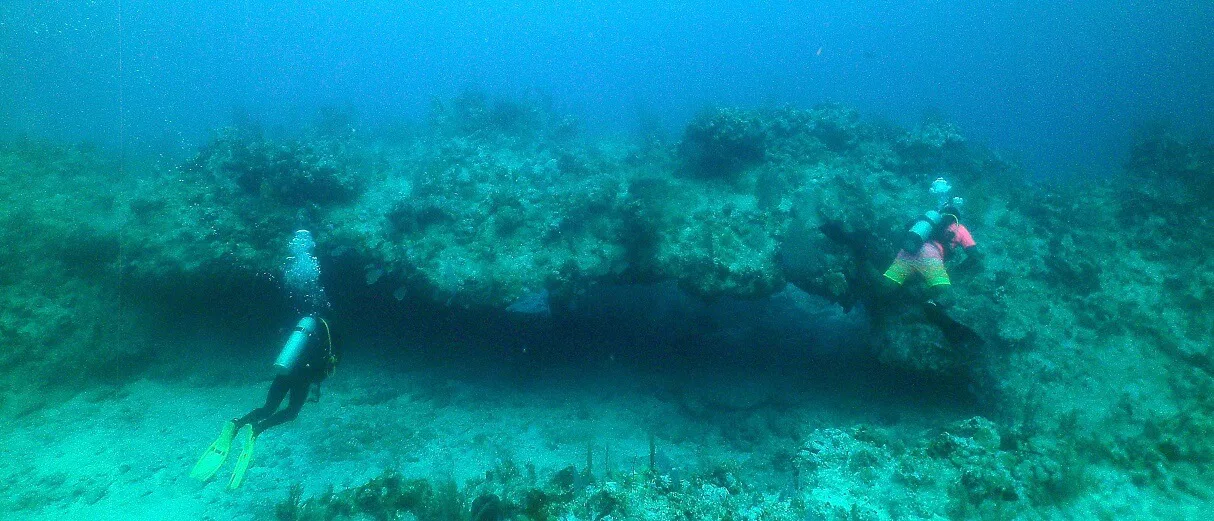
The Arch. Photo courtesy of Heidi Hertler

Photo courtesy of Heidi Hertler

Faculty member Aaron Henderson evaluating the reef at The Arch. Photo courtesy of Heidi Hertler
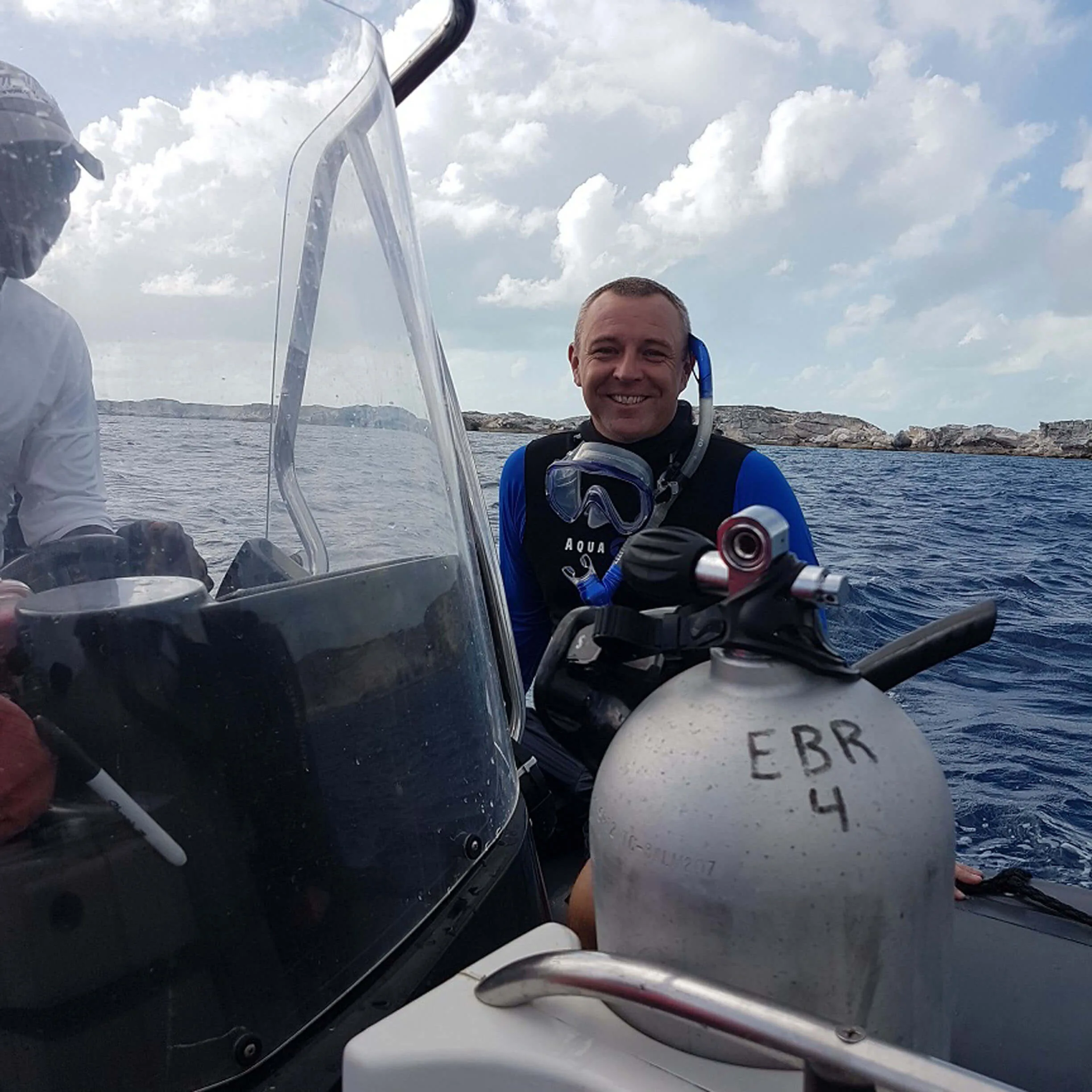
Faculty member Aaron Henderson on the way to dive at ACLSNP
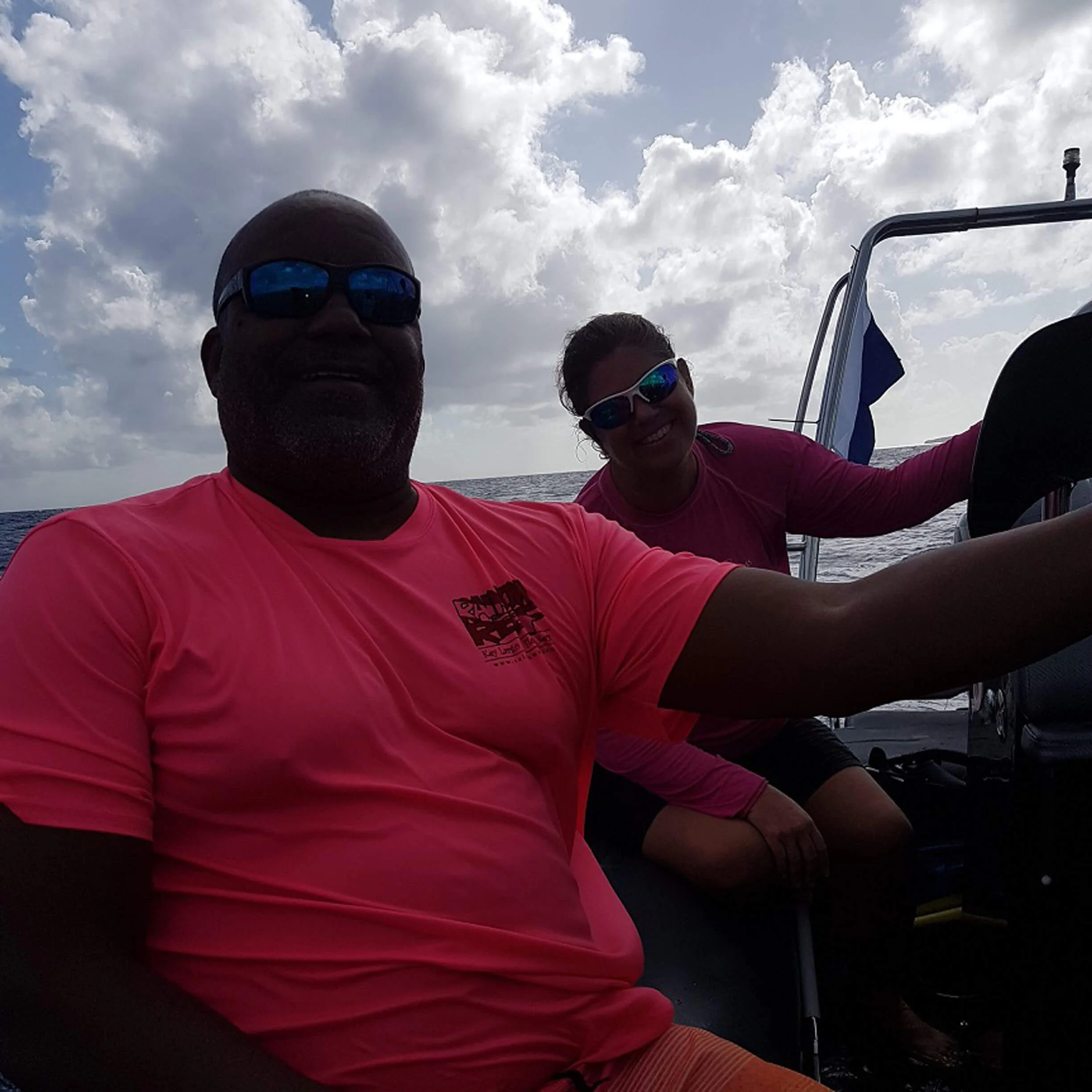
CMRS staff on the way to dive at ACLSNP

Blocks going out to the lobster condos


Ganger Lockhart helping rebuild lobster condos

